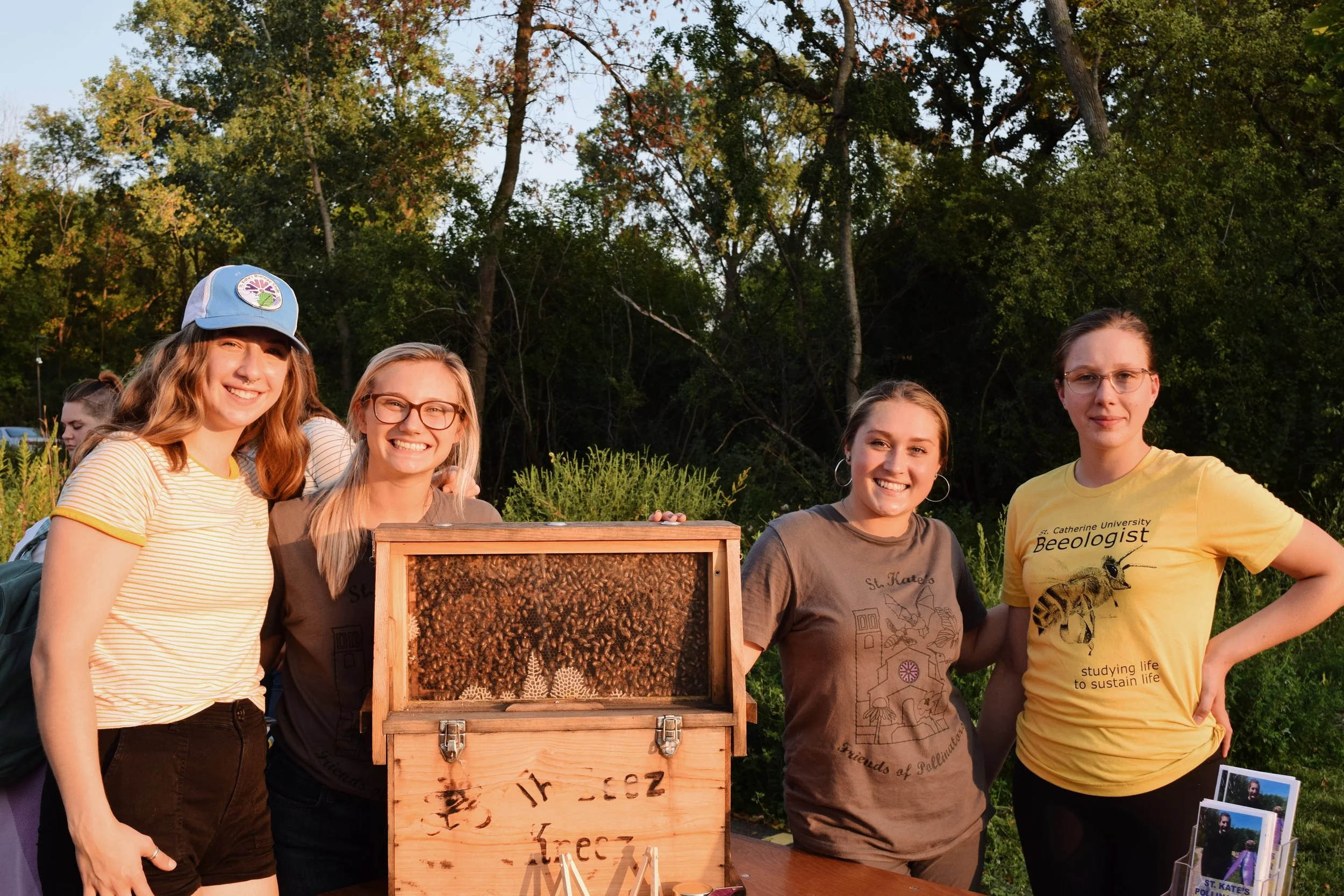Editorial: The Time is Now to Join the Youth Climate Strike
Last Friday, on a sweltering hot sunny day, I joined hundreds of fellow college students gathered at the Minnesota State Capitol to protest the systemic denial and political inaction on climate change. This march formed a part of the Global Climate Strike, a day where millions of young people as well as older generations would leave school and work to participate in organized protests and demonstrations around the world. Saint Paul Police have estimated that around 6,000 people attended the march, mostly middle school, high school, and college students.
The Global Climate Strike movement took root in August 2018, when teenage environmental activist Greta Thunberg took time off school to demonstrate alone outside of the Swedish parliament with a sign calling for concrete climate action. Her regular school strikes garnered international attention through social media in the months to come, and by December 2018 more than 20,000 students had joined strikes in at least 270 cities worldwide. Early estimates of the Global Climate Strike on Friday record the turnout to be four million protestors in thousands of cities and towns spanning the globe.
As young people, we face an uncertain future. Although we are already experiencing extreme effects of climate change that is gradually devastating our ecosystem and planet’s natural habits, we do not know for sure how our planet will be warped by global warming in the next 10 or 20 years. It is hard to think about, it really is. My friends and I all want to have children, and we want to dream about our lives. But as students of our generation, we live in a state of growing anxiety about our futures and what the next few years will entail. As I prepare to graduate this semester, I know that I can’t act like everything is normal.
Last year, I investigated environmental initiatives at St. Kate’s in search of people promoting awareness about our current crisis and taking action against climate change. I found that there we had impassioned individuals working for change on the campus but that we lacked a central organizing force of students doing climate justice work. This doesn’t mean that we haven’t had environmental groups in the past, but they have lost momentum in the past few years.
I wonder where this momentum has gone, and how we can get it back to fight for a future with less suffering. There is no doubt in my mind that other St. Kate’s students are just as concerned as I am about their futures as well as the future of our planet.
It is no coincidence that almost ⅔ of climate strikers are women and girls in the United States. According to BBC News, women and girls are the ones who are most disproportionately affected by climate change, and the ones who are most often displaced when climate disasters occur, due to their globally predominant roles as primary caregivers and providers of food and fuel.
If you have ever thought of joining the movement, the time is now. We know that there is no time to waste, after reading reports from the United Nations that tell us we have only 11 years to prevent irreparable damage to the planet from climate change.
Photo 1: (left to right): Abby Walsh, Charlotte Kadifa, Beth Mader, Kate Yaap. Photo 2: (left to right): Emily Ernst, Kate Nordstrom, Gabrielle Alvarado, Photo 3: Charlotte Kadifa. Photos by: Emily Robinson









